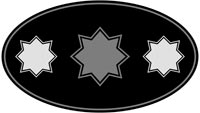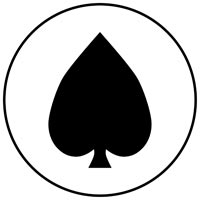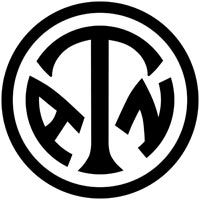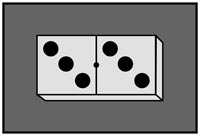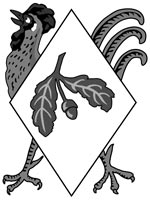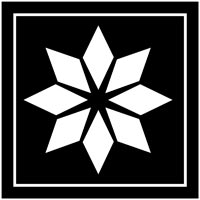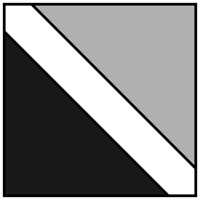Regimental Timeline
The East Surrey Regiment
The Great War: 1914
| 1914 | ||
| The East Surrey Regiment | ||
|
1st Battalion |
|
5th August |
Mobilisation begins. Battalion moves to France with BEF; Joins 5th Division. |
|
23rd August |
Battle of Mons. |
|
24th August |
Retreat from Mons. |
|
26th August |
Battle of Le Cateau. |
|
6th September |
Battle of the Marne. |
|
September |
Pursuit to the Aisne. |
|
October |
Battle of La Bassée. |
|
|
2nd Battalion |
|
September |
Jhansi, India. |
|
November |
Embarks for Europe. |
|
| Special Reserve | ||
|
3rd Battalion (1st Royal Surrey Militia) |
|
|
Home service. |
|
|
4th Battalion (3rd Royal Surrey Militia) |
|
|
Home service. |
|
|
||
| Territorial Force | ||
|
5th Battalion |
|
4th August |
Battalion embodied. |
|
October |
Battalion split into 1st/5th and 2nd/5th. |
|
|
2nd/5th Battalion |
|
October |
Battalion formed at Kingston. |
|
|
6th Battalion |
|
4th August |
Battalion embodied. |
|
October |
Battalion split into 1st/6th and 2nd/6th. |
|
|
2nd/6th Battalion |
|
October |
Battalion formed at Kingston. |
|
|
21st (County of London) Battalion, |
|
4th August |
Battalion formed. |
|
|
23rd (County of London) Battalion, |
|
4th August |
Battalion embodied. |
|
|
2nd/23rd (County of London) Battalion, |
|
31st August |
Battalion formed at Clapham. |
|
| Service Battalions | ||
|
7th Battalion |
|
22nd August |
Battalion raised at Kingston. |
|
|
8th Battalion |
|
19th September |
Battalion raised at Purfleet. |
|
|
9th Battalion |
|
22nd September |
Battalion raised at Kingston. |
|
|
10th Battalion |
|
26th October |
Battalion raised at Dover. |
|
|
11th Battalion |
|
24th October |
Battalion raised at Devonport. |
|
The
following examples were wore by |
||
|
|
|
| 2nd Division | 5th Division | 7th Division |
|
|
|
| 12th Eastern Division (New Army) |
18th Eastern Division (New Army) |
33rd Division |
|
|
|
| 40th Division (New Army) |
41st Division (New Army) |
47th (2nd London) Division |
Formation signs were first worn during the 1914 - 1918 war. Their introduction was brought about by the necessity for some form of distinguishing mark or sign to aid recognition of Corps and Divisional vehicles and personnel.
Prior to their appearance, the troops tended to think only of their own particular regiment or Corps and were not always aware of the part it was playing against the vast background of the operations on the Western and other Fronts. When signs were adopted, around the middle of 1916, the men began to take a certain pride in belonging to the formation to which their regiment were a part. Signs were thought to be a new kind of heraldry. The "Battle Patch", as they became known, taken into use for practical military reasons had, by the later stages of the war, engendered a strong Esprit de Corps. The signs took the form of "Heraldic", "Symbolic", "Animal", or "Geometric". The design was left to each formation and many reflected the choice of the Corps or Divisional Commander. During the Great War, the signs were worn, either on the sleeve, just below the shoulder, or on the back of the tunic, immediately below the collar. Home based units did not wear formation signs. The signs were also used on vehicles.
« 1909-1914 ![]() Back to list
Back to list ![]() 1915 »
1915 »

